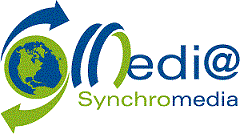Processing historical documents is a complicated task in computer vision due to the presence of degradation, which decreases the performance of Machine Learning models. Recently, Deep Learning (DL) models have achieved state-of-the-art accomplishments in processing historical documents. However, these performances do not match the results obtained in other computer vision tasks, and the reason is that such models require large datasets to perform well. In the case of historical documents, only small datasets are available, making it hard for DL models to capture the degradation. In this paper, we propose a framework to overcome issues by following a two-stage approach. Stage-I is devoted to data augmentation. A Generative Adversarial Network (GAN), trained on degraded documents, generates synthesized new training document images. In stage-II, the document images generated in stage-I, are improved using an inverse problem model with a deep neural network structure. Our approach enhances the quality of the generated document images and removes degradation. Our results show that the proposed framework is well suited for binarization tasks. Our model was trained on the 2014 and 2016 DIBCO datasets and tested on the 2018 DIBCO dataset. The obtained results are promising and competitive with the state-of-the-art.
A Two-Stage Unsupervised Deep Learning Framework for Degradation Removal in Ancient Documents
Milad Omrani2022-05-02T00:18:21+00:00May 2nd, 2022|2021, Image Processing ML, Publications|0 Comments
Additional Info
Source: https://link.springer.com/chapter/10.1007/978-3-030-68787-8_21
Attachment: Download Attachment

Leave A Comment